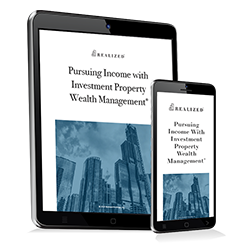
While most people are familiar with 401(k) retirement plans, and many have at least heard of a Roth IRA and the nonprofit sector 403(b) plans, the 457(b) has not received the same widespread attention. This relative anonymity is likely because these plans are among the least common of the defined-contribution retirement plans. 457(b) plans are IRS-approved employee retirement programs offered by some state and local government agencies and a select few nonprofit employers. (Those offered by nonprofits may also be found in section 457(k) and vary slightly from their (b) counterparts.)
For 2021, participants in 457(b) plans can contribute up to $19,500 (or 100% of their salary, whichever is smaller). You make these contributions with pre-tax dollars, and the interest and earnings in the fund are also not taxed until you use them in retirement. If the employer has allowed for catch-up contributions, an employee aged 50 or over can contribute an additional $6,500 per year (again subject to the total compensation limit). Unique to the 457 is a "double catch up allowance," which gives participants who failed to take advantage of their catch up provision a second chance to use it. If an employee who did not use the catch up is within three years of the retirement age indicated in the company plan, they can make a double contribution. The IRS also allows the catch-up amounts to roll over for these employees nearing retirement.
One excellent feature of 457(b) plans is that they are not qualified under ERISA, which allows you to contribute to both the 457 and a 403(b) or 401(k) if you have access to both through your employer. Some large employers offer both, and you may want to contribute to each. It is a good idea to check the matching amounts the employer makes if you are not fully funding both types of account since some employers match contributions to a 401(k) but may not do the same with a 457 (b) account. Usually, the investment options are more limited in 457 funds as well.
The 457(b) also lacks the 10% tax penalty that the others have if you leave a job or retire before age 59 ½ and need to withdraw funds from the account. Standard tax assessments still apply. 457(b) accounts may allow for hardship withdrawals by participants while they are active employees. These distributions are subject to qualifying language in the plan itself, stating what unforeseeable emergency would allow the withdrawal.
A key difference between the 457(b) and most other plans (again, due to the non-qualified status) is that independent contractors can participate in the 457. This eligibility is prohibited in 401(k) and 403(b) plans and is a benefit to those with contractor status. 457 plans also have a Roth option (following the Small Business Jobs Act of 2010). Still, as with other Roth accounts, contributions to these are made on an after-tax basis. If you have the option of contributing to one or more qualified or non-qualified accounts, consult your tax advisor.



